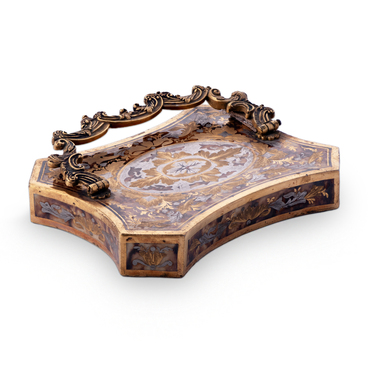The Viennese hat rack with curved hooks and three curly legs is a piece of interior décor from the late 19th and early 20th centuries when bentwood furniture became popular. The technique was originally developed by the famous European furniture maker Michael Thonet. In the 1850s, he invited his sons to join the family business, and they helped launch the mass production of new chairs and hat racks.
To create the furniture, solid beechwood was softened by being boiled in glue or steamed in metal molds. Once dried, it hardened into curved shapes. If someone tried to achieve the same result by simply carving the curved shape out of wood, it would result in a lot of waste, while the wood fibers would remain straight, and the piece could still split under uneven weight.
According to the method developed by Michael Thonet, wood fibers were bent together with the entire piece. The possibilities for creating beautiful designs using this technique were virtually endless, while the technique was also incredibly practical. The furniture turned out to be spectacular, durable, and cost-effective.
Viennese furniture was suitable for mass production and could be assembled from ready-made components. The furniture maker came up with this idea when he moved to Vienna from his hometown. This is where the name of the style came from.
The Vienna hat rack from the museum collection belonged to the Markevich-Yevtushevsky family who were close friends with the Chekhovs. Pavel Markevich-Yevtushevsky, an official in the mayor’s office, lived with his family at 40 Anton Glushko Lane. The house has been preserved to this day. The Chekhov family rented the building in 1861–1862, and it was there that Ivan Chekhov, one of the sons of Pavel Yegorovich and Yevgeniya Yakovlevna, was born.
The Markevich-Yevtushevskys became related to Anton Pavlovich Chekhov’s family after his uncle Mitrofan Yegorovich married Lyudmila Pavlovna Yevtushevskaya. The two families had a warm and friendly relationship. Even many years later, when Anton Chekhov was a world-famous writer, he still enjoyed staying in touch with the Markevich-Yevtushevskys.

